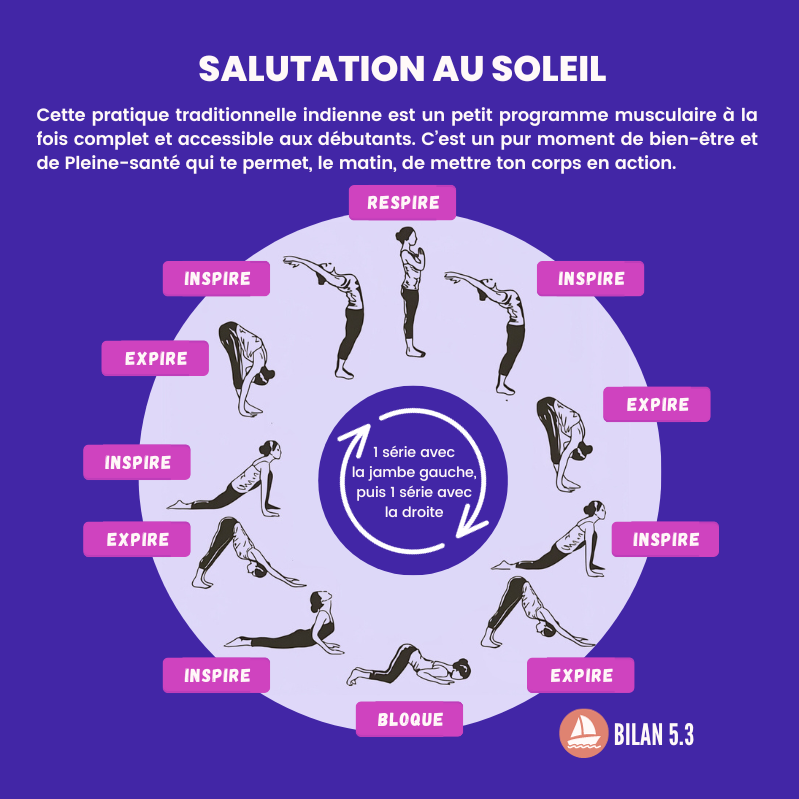Depressive disorder is more common among people residing in residential suburbs than in city centers.

- Living in dense urban areas did not lead to the highest risk of depression.
- The risk of suffering from a depressive disorder is higher among people residing in areas with medium density and low-rise construction, such as suburban single-family housing areas.
- This could be partly due to long car journeys, fewer open public spaces and fewer opportunities for interactions.
“Urban areas are associated with higher risks of depression than rural areas. However, less is known about how different types of urban environments relate to risk for depressive disorder,” said American, Danish and Swedish researchers. That’s why they carried out a study, the results of which were published in the journal Science Advances.
Determine the most important environmental factors for mental health
As part of the work, the scientists wanted to know which factors in the environment were most important for psychological well-being, so that cities could be better designed to be both sustainable and supportive of mental health. To carry out their research, the team analyzed satellite images of all buildings in Denmark over a 30-year period (1987-2017) and classified them into different categories based on their height and density.
Next, the authors combined the resulting map with individual residential addresses and health and socio-economic records from Denmark. “This allowed us to take into account known factors that increase the risk of depression, such as socioeconomic status or whether parents have been diagnosed with a mental illness,” they specified in a publication of The Conversation.
Depression: a lower risk in multi-storey buildings
According to the results, living in dense urban areas did not lead to the highest risks of depression. “This may be because dense city centers may provide more opportunities for socializing and interaction, which may benefit mental health.” In contrast, after adjusting for socioeconomic factors, the highest risk was found in residential suburbs and the lowest risk in multi-storey buildings with nearby open spaces.
According to the researchers, the higher risk of depression among suburban dwellers may be partly caused by long car journeys, fewer open public spaces, and insufficient population density to allow for the creation of many places where people can congregate, such as shops, cafes and restaurants. “But of course, many other factors can also come into play.”
“Improve the accessibility of existing suburbs to urban services and public spaces”
“A better option would be to invest in high-rise buildings where lifestyles are not dependent on private car ownership, combined with thoughtful design to improve access to shorelines, canals, lakes or to urban parks. We could also improve the accessibility of existing suburbs to urban services and public spaces, and ensure that these car-centric areas have more walkable neighborhoods.”concluded the team.

















